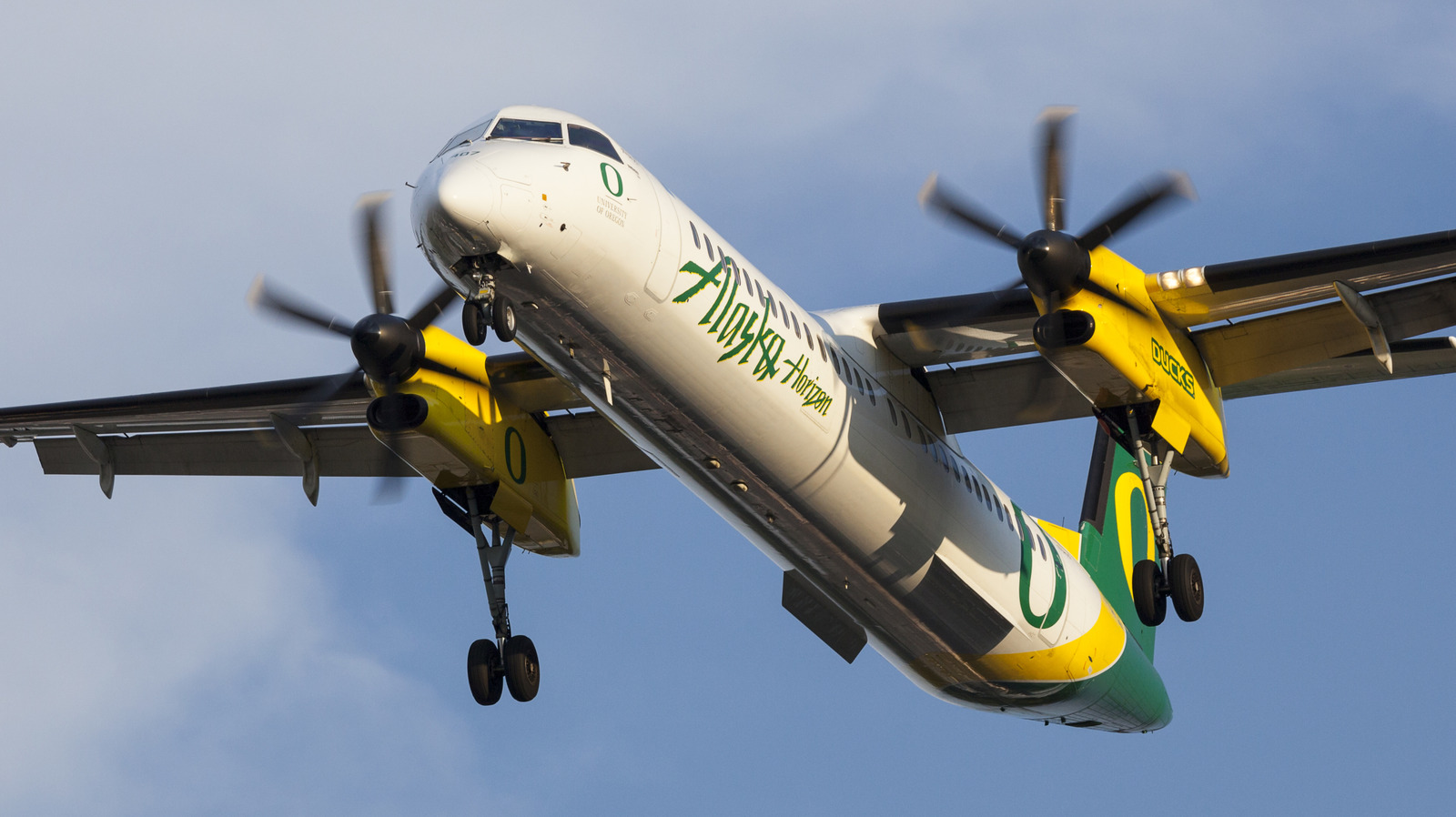The world of intercollegiate athletics has changed more in the past decade than in the past century. Elite Division I quarterbacks can now afford Lamborghinis, and teams across all sports are flying coast-to-coast to contest their conference’s schedule. The Oregon Ducks men’s basketball team flew 26,700 miles over this season, far enough to circumnavigate the planet. While the biggest names in college sports can now accept million-dollar endorsement deals, the average student-athlete isn’t getting fairly compensated for a grueling air travel gauntlet.
The story of the Ducks’ 2024-25 season started back in 2022. The constellation of regional college leagues was realigning with universities jumping ship for more lucrative television deals. The Pac-12 Conference effectively imploded overnight because it couldn’t keep up. The association organized sports between colleges on the Pacific Coast since 1915 and collapsed over an ill-advised streaming deal with Apple.
UCLA and USC, located in Los Angeles, departed for the Big Ten, a conference traditionally synonymous with the Midwest. By mid-2024, all but two schools left the Pac-12. The University of Oregon followed the LA schools to the Big Ten, along with the University of Washington. For their trouble, the defectors will eventually take in $60 million per year alongside the Big Ten’s other 14 members, double what the Pac-12 is dishing out. Please don’t get me started on the Big Ten having 18 schools. We have bigger problems.
The Ducks aren’t flying alone
The Big Ten, centered around the Great Lakes, had to formulate schedules that included four schools on the West Coast. According to the Wall Street Journal, conference officials did their best to avoid scheduling away games during final exams and grouping multiple games together during road trips to reduce the number of lengthy flights. This came with the caveat of students spending up to an entire week away from campus. As a result, the entire Ducks basketball team was forced to enroll in online classes.
Oregon’s ordeal is just a snapshot of the drastic shift across college sports. This year saw an increase in air miles for all 68 schools competing in the ‘Power Four’ conferences as everyone deals with realignment. The former Pac-12 schools were the worst off, seeing anywhere from a 47 to 222 percent increase in miles. For example, Cal-Berkley and Stanford in the San Francisco Bay Area landed in the Atlantic Coast Conference, which is centered around the East Coast, as the name implies. The only upside is all these schools use chartered flights to avoid logistical hassles and keep players physically fresh, but there’s no way to make up for the lost time.
While professional teams are racking up just as many miles in the sky, college athletes aren’t being paid similarly and won’t see a single dollar from these TV deals because of how the NCAA allows player compensation. Most of these students actually need to be studying for their degrees because only a tiny percentage of basketball and football players enter the pro ranks. The figure is even smaller for the soccer and volleyball being demanded to take similar flights.




